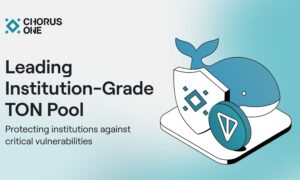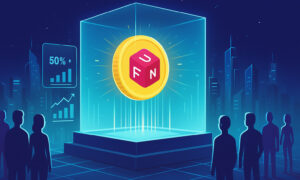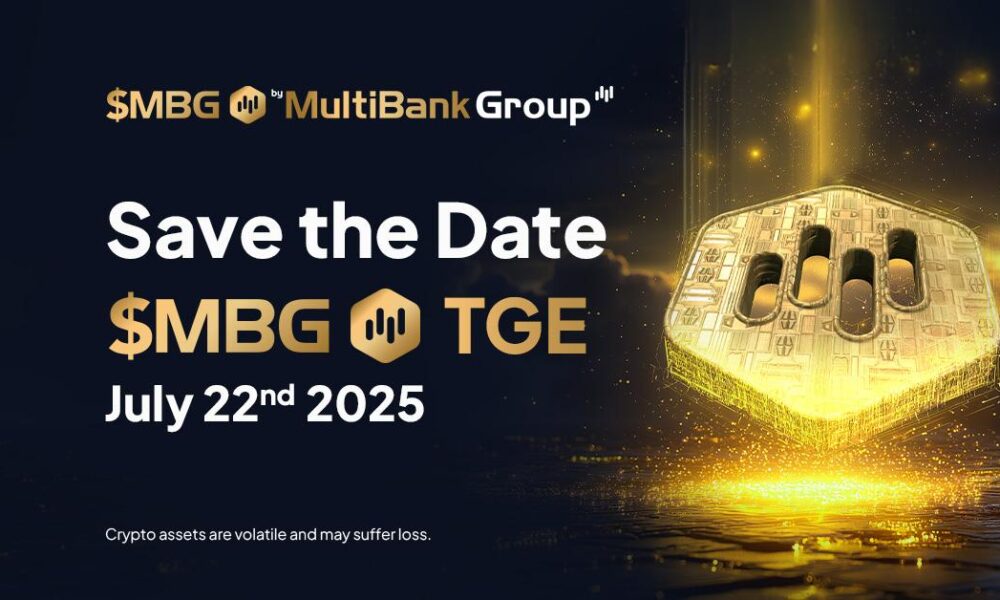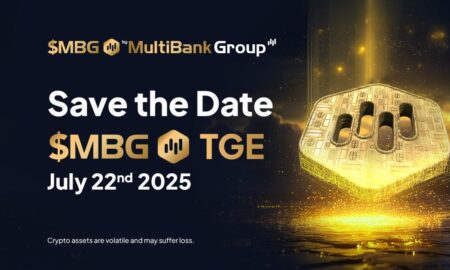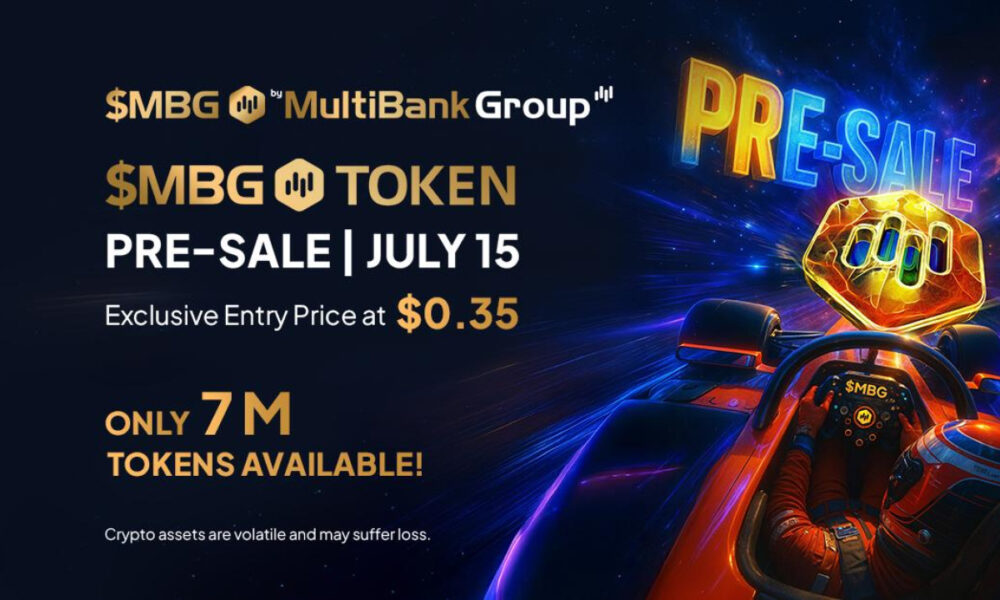Posts By Saad Ullah
-

 3.1KDigital Marketing
3.1KDigital MarketingTop 5 Platforms for Buying Telegram Channels
Buying Telegram channels is more relevant than ever. It offers an alternative way to earn income and increases the active audience through...
-

 1.7KMake Money
1.7KMake MoneyHow to Make Money Online in 2024 : A Guide to Earning from Your Own Home
In today’s digital age, making money online has become not just a possibility but a reality for many. With the internet breaking...
-
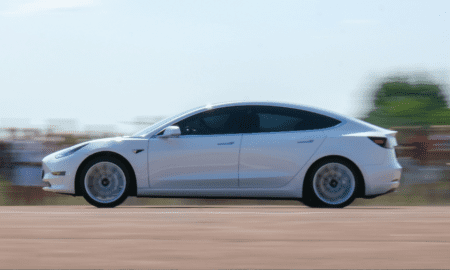
 650Technology
650TechnologyExploring the Canvas of American Manufacturing Innovation: A Unified Perspective
My intrigue with the brilliance of human creativity and the narratives of monumental achievements has always steered me towards the captivating world...
-

 978Cryptocurrency
978CryptocurrencyUnlocking Wealth in 2024: The Promising Future of Cryptocurrencies – Avalanche (AVAX), Polygon (MATIC), and Furrever Token (FURR)
Savvy investors are constantly on the lookout for the next big opportunity to potentially make substantial gains. As we navigate through 2024,...
-
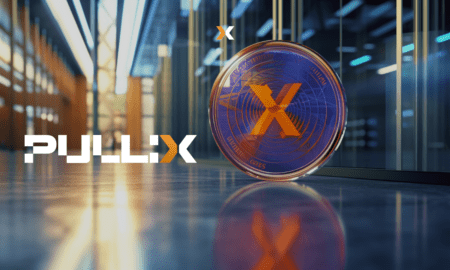
 811Cryptocurrency
811CryptocurrencyOptimism (OP) and Pullix (PLX) Lead The Charge As Ethereum (ETH) Breaks Out Against Bitcoin
In the dynamic world of cryptocurrency, Ethereum (ETH) has long been hailed as the backbone of decentralized finance (DeFi) and smart contract...
-

 959Cryptocurrency
959CryptocurrencyAs Crypto Markets Surge, Eyes Are On Pullix (PLX) For The Most Exciting Token Debut of The Year
The crypto market has reached a new major milestone, as it surpassed a total market value of $2.543 trillion as of March,...
-
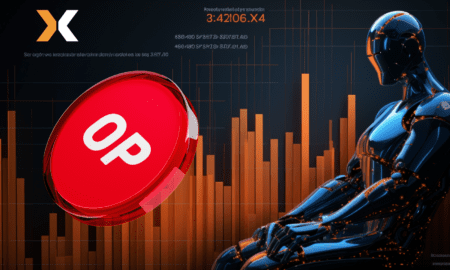
 679Cryptocurrency
679CryptocurrencyPullix (PLX) Draws investors’ Attention From Optimism (OP) and Hedera (HBAR) As Token Presale Nears End
Although Optimism (OP) and Hedera (HBAR) have great promise, Pullix is poised to be the next top DeFi token in the cryptocurrency...
-

 788Cryptocurrency
788CryptocurrencyAnalyst Predicts Polygon’s (MATIC) Collapse As Emerging Defi Competitor Pullix (PLX) Announces Bitmart Listing
In this article, we discuss the prediction made by a prominent analyst regarding the potential collapse of Polygon (MATIC) as new DeFi...
-

 1.2KBitcoin
1.2KBitcoinARKMining Cloud Mining Free Bitcoin Plan Lets You Earn Money Easily
Anyone can mine Bitcoin from the comfort of their home with the mobile cloud mining platform ARKMining. For mining, it is often...
-

 1.1KCryptocurrency
1.1KCryptocurrencyFlow (FLOW) Token Surges Past Previous Bear Market, Meme Moguls (MGLS) Pioneer P2E Model for Mass Earnings Amidst Decentraland’s (MANA) Current Loss in Momentum
Cryptocurrencies are swiftly infiltrating diverse sectors, including the Metaverse, Gaming, DeFi, and NFTs, broadening their reach across the digital landscape. However, this...
-

 856Cryptocurrency
856CryptocurrencyChainlink (LINK) Pushes Dogecoin (DOGE) Out Of The Crypto Top 10; Here’s Why Pullix (PLX) Is Set To Overtake Them Both
Chainlink (LINK) has pumped over the $20 mark to push Dogecoin (DOGE) out of the crypto top 10 rankings. But it’s not...
-

 682Digital Marketing
682Digital MarketingFounder of Search Manipulator, Matt Peters, Reviews the Impact of Search Results for Businesses
In the world where digital presence dictates a great deal of success, Matt Peters stands as a beacon for businesses needing to...
-

 835Cryptocurrency
835CryptocurrencyUnveiling the Next Crypto Superstars: Meme Moguls (MGLS), Aptos (APT), and Chainlink (LINK) Top DeFi Tokens to Watch
Witness the rise of three cryptocurrencies set to redefine the digital asset landscape: Meme Moguls (MGLS), Aptos (APT), and Chainlink (LINK). Aptos’s...
-
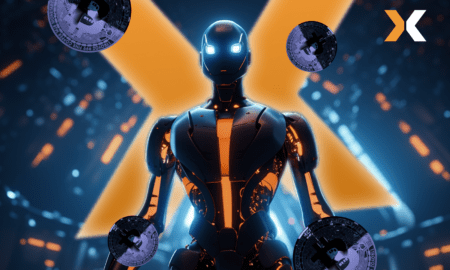
 786Cryptocurrency
786CryptocurrencyBitcoin (BTC) Breaches $50K, Investors Turn To Chainlink (LINK) and Pullix (PLX) Presale To Maximize Gains
In the wake of the latest Federal Open Market Committee (FOMC) meeting, Bitcoin (BTC) has broken the $50K level, prompting investors to...
-

 795Cryptocurrency
795CryptocurrencyDogecoin & Shiba Inu Charts Signal Price Increase, Investors Flock to New Presale Meme Moguls (MGLS)
As the meme coin market heats up, Dogecoin and Shiba Inu show signs of price increases, drawing attention to their recent developments...
-
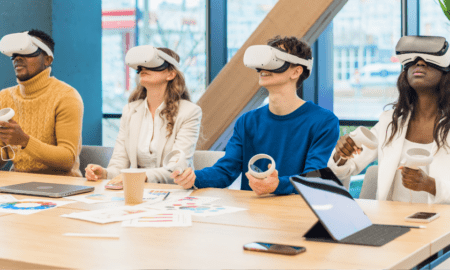
 1.1KGadgets
1.1KGadgetsTechnological Advances in the Gaming Industry
Technology has had a massive impact on society since the turn of the century, with innovations impacting every aspect of the way...
-

 617Cryptocurrency
617CryptocurrencyLBank Exchange Will List ORIS (Oris)
LBank Exchange, a premier global digital asset trading platform, has announced the listing of ORIS (Oris) on February 14, 2024. Users of...
-
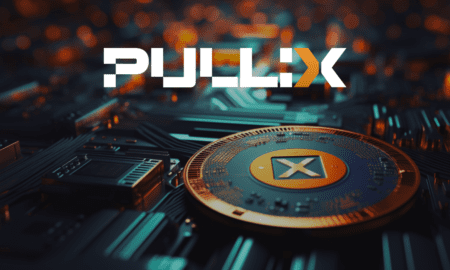
 557Cryptocurrency
557CryptocurrencyThe Pullix (PLX) Presale Captures Interest From Stacks (STX) and Polygon (MATIC) Holders As Hybrid Exchange Prepares for Launch
Pullix (PLX) is a DeFi project that has gained much attention. It could redefine online trading and is now in Stage 7...
-

 879Cryptocurrency
879CryptocurrencyWhile Immutable X (IMX) Shocks Users With Price Spike, Investors Hedge With Everlodge (ELDG) Amid Avalanches’s (AVAX) Potential Decline
In recent times, the Immutable X (IMX) token has been setting new records, displaying a consistent bullish trend that began in February....









